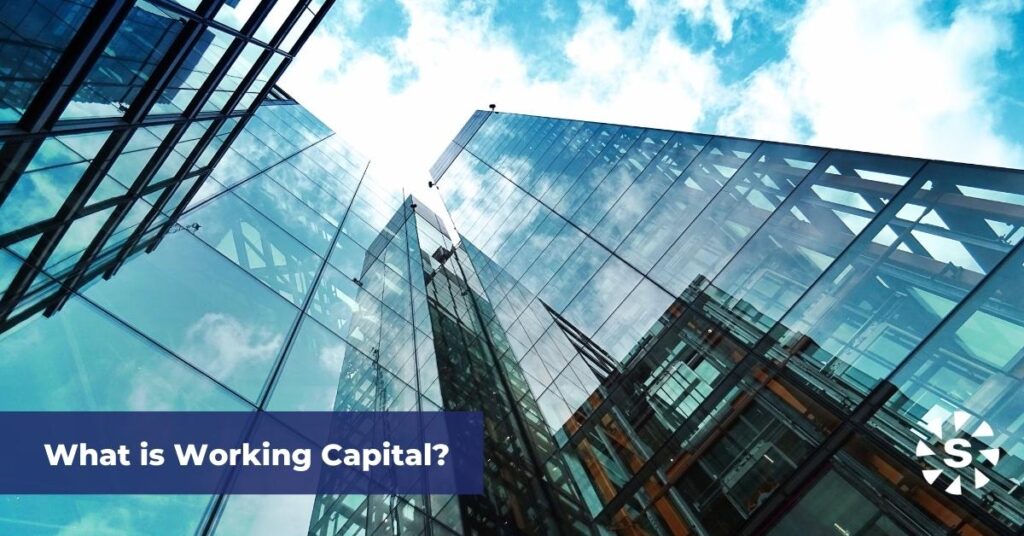
What is Working Capital?

Working Capital in the Sale of a Business in the Built Environment
- Working capital adjustments are common in acquisitions in the built environment.
- Working capital is usually defined as accounts receivable + work in process -accounts payables – any other current liabilities (with the exception of debt.)
- Working capital is required to run the day-to-day operations of a business in the built environment. It is as essential to running a business in the built environment as backlog, employees, and software are.
- In most all cases, buyers in the built environment require working capital in the amount of 2 to 3 months of operating expenses from the seller in an acquisition. The definition and amount of working capital is usually defined in the Letter of Intent.
- The buyer wants to ensure that on the day of closing, there is sufficient working capital to run the business, and that there will not be a need to invest additional money into the business immediately after the closing.
- When a closing occurs in the built environment, typically buyers will not be able to invoice the seller’s clients until 30 days after the closing. Once invoices go out, it’s going to be 30-45-60 days until clients begin to pay the buyer. Working capital is a mechanism that buyer’s use to cover the time from closing until cash flow starts coming in from clients.
- Cash is typically excluded from the sale of a business in the built environment. The seller is permitted to distribute all cash out of the company at some point prior to or upon closing. Sometimes, the buyer may request that some amount of operating cash as part of working capital be left in the business post-closing.
- The most common type of purchase price adjustment is a working capital adjustment. Working capital targets ensure that the seller is not motivated to decrease the company’s working capital prior to the closing and shortchange the buyer; however, working capital targets ensure that the buyer does not receive a windfall if working capital increases between the buyer’s initial valuation date and the closing date.
- A buyer typically bases its offer price on a cash free, debt free basis assuming a normal level of working capital. This normal level of working capital is what is required to generate the cash flow that served as the basis for the buyer’s offer.
